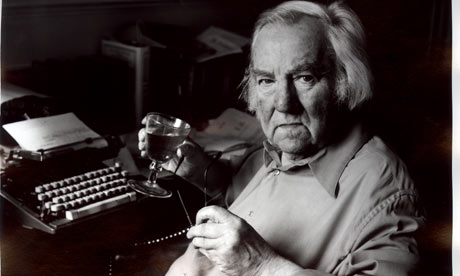There are two kinds of people in this world: those who merrily go their way using/misusing the words below, and those like me for whom a red flag pops up but can't remember the rule.
So to comfort the afflicted and afflict the comfortable, here we go, courtesy of The Editor"s Blog:
First, two words that aren't words:
All right/alright
Alright is not a word. The phrase all right is always two words. You may use a phrase such as, “Awright! I aced my finals” in dialogue if your character pronounces the word as awright. But never, not even in dialogue, use alright.
A lot/alotNow for some words we come across everyday, or, rather, every day, or maybe just continually, or, rather, continuously:
Alot is not a word. When you want to say there are many of some thing, use a lot, two words. We need a lot of sugar to sweeten this mess.
Allot, with two LLs, means to parcel out or allocate. The settlers on Avalon 5 were allotted one horse and two dozen grain bags.
Every day/everyday
When every modifies day, it’s a determiner—it qualifies the noun day. It answers the question, how often. He checks his tire pressure every day.Each can be substituted for every and the meaning would be the same.
The single word everyday is an adjective that modifies a noun. Everyday means daily or ordinary. A fantastic sunrise is an everyday event in Hawaii.
He gets up everyday is incorrect. He gets up every [each] day is correct.
Continual/continuousDo you feel a headache coming on?
The lines are becoming blurred by usage, but there is a difference between continual and continuous. Use continual for something constantly or frequently occurring. The continual road repairs took a toll on the city’s commuters. Use continuous for something happening without interruption. The continuous drip from the bathroom faucet kept Marie tossing and turning all night.




